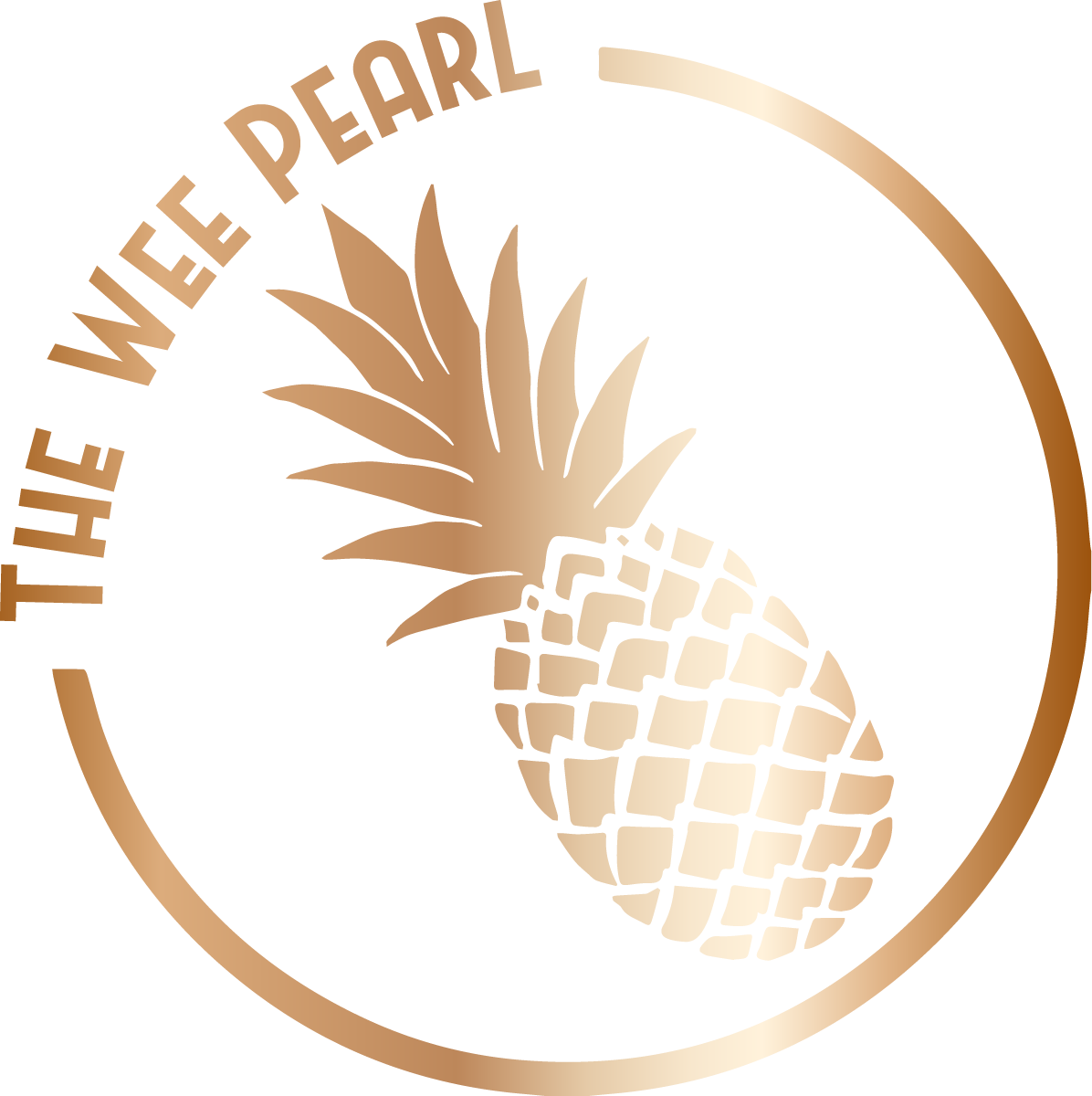Homemade Campari
This post contains affiliate links: As an Amazon Associate I may earn a commission from qualifying purchases at no additional cost to you.
Campari is the most iconic Italian aperitif. It’s bright red color is unmistakable and its bracing bitterness offers the perfect complexity to cocktails when used right.
You’ll need the following equipment:
Ingredients:
Lemon
Grapefruit
Rosemary
Thyme
Sage
Marjoram
Turkish Rhubarb Root
Thujone Free Wormwood
Licorice Root
Orris Root
Bitter Orange Peel
Angelica Root
Cochineal Bugs
Vodka
Campari’s recipe has been kept a secret for hundreds of years, and has for the most part remained unchanged, save for the coloring agent- but more on that later. It’s said that the recipe contains over 60 ingredients. There is not much information out there on the actual ingredients Campari contains- believe me I’ve looked! There are several other Campari dupe recipes out there, some with massive ingredient lists, some with very minimal ingredients. After a few months of tinkering, I have been able to get as close to Campari’s distinct flavor profile as you can get with just under 20 ingredients.
Many of these ingredients are found in most Amari and Aperitivos and are also used in Chinese medicine, which makes sense given that amari were used as health tonics back in the 17th century.
For this recipe I’m using:
25 grams of Bitter Orange Peel- Campari’s main discernible flavor is orange.
15 grams lemon peel- I’m opting for fresh, but dried will work well too.
15 grams grapefruit peel- I always get a lot of grapefruit notes from Campari.
6 grams Angelica root- to add some herbal notes
6 grams Thujone free wormwood- the main bittering agent, as well as adding aromatics.
2 grams marjoram
1.5 grams sage
2 grams thyme
2 grams rosemary
2 grams cinnamon- for some more spicy warmth.
1 star anise pod- for that slight licorice taste.
3 grams cloves
6 grams Turkish rhubarb root -this adds some bitterness, tannic structure and a little smokiness.
6 grams orris root- for a lovely sweet floral taste and aroma.
3 grams of cochineal bugs- the original coloring agent for Campari.
1 cup of sugar
1 cup of hot water- divided
375ml bottle of vodka
I'm going to be making this in 3 parts: An herbal tea. A red colored syrup- that uses the traditional Cochineal bugs, and a vodka infusion.
First I’ll make an herbal tea.
To my French press I am adding 2 grams of cinnamon, 1.5 g sage, 2 g marjoram, 3 g clove, 2 g thyme and 1 star anise pod. I’ll cover these herbs and spices with a half cup hot water and let them steep for 15 minutes. These ingredients tend to get over extracted by alcohol, and thereby overpower the spirit. While experimenting with this recipe, I found that making a strong herbal tea worked best to capture the warm baking spice notes as well as the herbal flavors.
Next I’ll make the red colored syrup. Cochineal bugs are responsible for Campari’s brilliant red color- or at least they used to be. Campari in the US has been sold with artificial coloring since 2006. If you ever come across the naturally dyed version of Campari, you will find the color to have a bit more of an orange hue. In order to extract the red dye, I’ll have to grind the bugs in my mortar and pestle until they have become a fine dark red powder.
Add one cup of sugar and a half cup of hot water and whisk until the sugar dissolves. Remove the rich simple syrup from the heat, and stir in the ground cochineal powder to combine. In the video version of this recipe I only used a half cup of sugar, but realized later on that it needs to be far sweeter to match the bitterness.
I’ll let the syrup cool completely while I extract the herbal tea from the French press. Then I will filter the cochineal bug particles from the syrup. I used a nut milk bag to filter the syrup, but any fine filter should work.
Once the syrup and tea have cooled, cover them and keep them in the refrigerator until the next day.
For the vodka infusion I will be using 375ml of vodka, along with 15g grapefruit peel, 15g lemon peel, 25g bitter orange peel, 6g angelica root, 2g dried rosemary, 6g wormwood- which will act as a bittering agent as well as an aromatic, 6g Turkish rhubarb root and 6g orris root. I’ll pour the vodka into the mixing container and make sure everything is submerged. This will all be infused for 12- 18 hours.
By the next day, the botanical infusion can be filtered. The infusion will be very dark and taste very bitter.
Now all that’s left to do is combine them all together. It wont look especially red just yet, but after about 2 weeks of bottle conditioning, it will clear a bit as the sediment falls to the bottom and the red color will be more pronounced. To achieve more of a red color, you can decant the liqueur through a fine filter, or use a fining agent like Chitosan and Kieselsol to really clarify the Campari- which I decided to do, as mine was taking ages to clear.
This campariesque aperitivo makes an excellent Negroni. It subs out perfectly for Campari in any other cocktail recipe.
This is the first time I’ve attempted to create a liqueur of this kind, and it was a lot of fun trying to get the recipe just right. Now that I have all of these ingredients on hand, I’m looking forward to testing out some new recipes- perhaps another amaro, or even my own vermouth!
This was my attempt at recreating the original recipe. If you are going to make your own attempt please use caution when sourcing your ingredients. Read and research as much as you can. Use your best judgement and be safe if you are going to try this.












